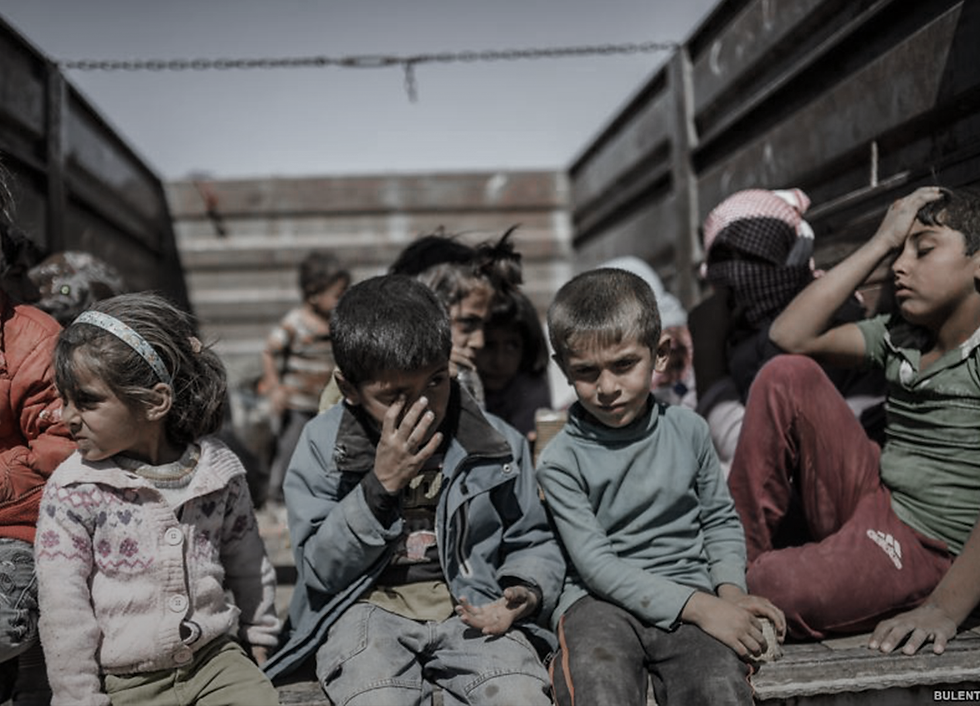005: Landmines Threatening Afghanistan
- Aishwari Krishna

- Dec 8, 2018
- 2 min read
Almost fifty people fled Afghanistan per hour for the past two years. Ten civilians die every day because of the violent battle for control over the territory. Thousands of refugees are turned back at the border. Aid workers are killed or injured in their attempts to help Afghan residents. These facts make Afghanistan one of the most dangerous places to live in today. For the citizens who have not yet been displaced, they not only face fear of becoming collateral damage, or being persecuted, but even accidental death in the face of landmines.
Worldwide, there are approximately 75 million landmines, 640,000 of which, according to Halo Trust, are buried in Afghan land today. Landmines are usually active for approximately half a century, meaning generations upon generations stand to be ruined by them. The curiosity of children, especially, often gets the better of them and they pick up or touch the compact devices when unearthed. In fact, Soviet forces scattered millions of butterfly like mines throughout Afghanistan, the notorious bombs designed to deceive innocent youth into believing they are playthings.
One in every two victims dies after coming in contact with the mine. Only around eighteen percent of injury affects just the lower body; instead, many times, the arms, chest, face, and eyes are damaged. In addition to prosthetics after amputation, people require multiple operations as well.
When organs are damaged by the blast, there is a lack of transplant opportunity in places such as Afghanistan. If not dead from blood loss, infection or trauma, the lack of a functioning organ can kill mine victims. The eyes, skin, heart, lungs, and other integral organs are necessary for the human body to function properly. Three dimensional bioprinting can prevent a lack of these when people are in need of a transplant.
Because medicine is also hard to come by in a war torn region like Afghanistan, bioprinting presents itself as a much better alternative than traditional transplant; those suffering from mine related injuries not only may have issues with their organs, but need help in other aspects. Diseases caused by transplant rejection could kill these people before they would even have a chance to get aid.
Therefore, bioprinting can serve as a serious help to the citizens of Afghanistan. It would help mine victims who are affected in other areas besides the lower body, and make transplants more efficient and less risky.




Comments